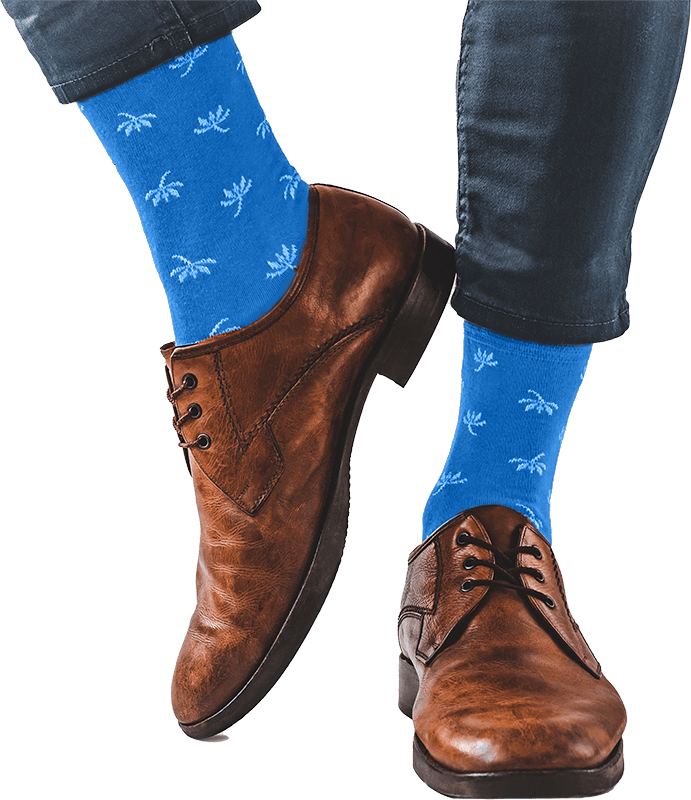
Symptoms are generally worse first thing in the morning, when standing in one position for long periods or when you start to walk after being seated for a while. Pain can ease slightly once you start to walk again.
Treatment: In a lot of cases footwear advice is all that is necessary, but sometimes a supportive insole placed in the shoe may be necessary. Referral to the Physiotherapist may be required in severe cases.